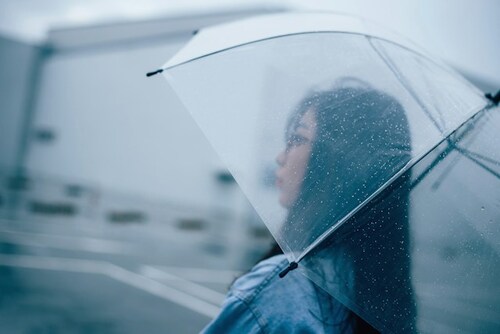Australia’s art scene is a beautiful blend of ancient symbolism and contemporary vision, and each brush stroke is a testament to a rich cultural history that spans tens of thousands of years. From the cave paintings of the Aboriginal era to the daring expressions of modern painters, the Australian art scene forms an alluring canvas of creativity that is as vast and varied as the continent itself.
Join us as we embark on a colorful voyage through time, tracing the artistic evolution of this diverse land from the first art movements to the modern day.
The Trip Down Under: Beginning in Melbourne
Melbourne, fondly known as Australia’s cultural capital, offers an art scene so diverse and eclectic that a visit is like jumping into a vibrant palette of paint. Whether it’s graffiti-splashed laneways or walls adorned with classical masterpieces, the city infuses art into every nook and crevice.
Start your journey by finding luggage storage in Melbourne to safely store your belongings. Then you can enjoy this city of cultural riches with freedom and ease — and there’s no shortage of sights to see!
Aboriginal Roots of Australian Art
Tracing the illustrious history of Australian art, our journey begins with the intricate beauty of Aboriginal art. Hailing as one of the world’s oldest continuous art traditions, it weaves narratives dating back over 60,000 years. More than just aesthetics, Aboriginal art encompasses a profound record of Indigenous Australians’ history, beliefs, and connection with the land.
Punctuated by deep symbolism, this art form utilizes many mediums, from rock carvings to bark paintings. Thus, the Aboriginal epoch of Australian art encapsulates a visual reservoir rich in spiritual culture and echoes of times gone by.
The Influence of the Colonial Era
The colonial era, stretching from the late 18th to the early 20th century, represented a pivotal convergence in Australian art. The arrival of European settlers introduced Western artistic ideals, which began to meld with Indigenous techniques, forming a distinctive oeuvre.
This period saw artists portraying the landscapes and people of Australia through European lenses, all the while preserving the raw essence of the original land. Reflecting adaptation and reconciliation, the colonial era witnessed the birth of an artistic expression that proved instrumental in shaping Australia’s unique global artistic identity.
The Emergence of Australian Impressionism
Post-colonial Australia marked the advent of Australian Impressionism, also known as the Heidelberg School movement. Named after the rural area outside Melbourne where this trend was popularized, the Heidelberg School was the first truly Australian art movement.
Artists like Tom Roberts, Arthur Streeton, and Charles Conder emerged during this time, focusing on everyday life and the Australian landscape through a uniquely Australian lens. They shifted their studios into the open air, celebrating the luminary effects and delightful colors that capture the true essence of the sunlight-bathed land.
This era anchored an indelible sense of Australian identity within its canvas. It bridged the gap between European-influenced colonial art and the impending wave of modern movements.
Modern Movements in Australian Art
The mid-20th century marked a paradigm shift in Australia’s art vista. With roiling undercurrents of political, social, and cultural changes, artists began exploring novel methods to express themselves.
The advent of modernism in Australian art carved a space for artists to conceptualize their world in diverse ways. From the Antipodeans’ reaction against abstract painting to the Heidelberg School’s emphasis on naturalistic depictions and the sharp political commentary of contemporary Indigenous art, each movement elegantly mirrored Australia’s evolving identity.
Where To Experience Australia’s Art Scene Today
Australia today showcases a plethora of galleries that house this enchanting chronicle of artistic evolution. The National Gallery of Victoria in Melbourne and the Museum of Contemporary Art in Sydney offer a diverse collection spanning Aboriginal, colonial, and modern art.
Additionally, biennials like the Sydney Biennale and initiatives like the Melbourne Art Fair continue to foster contemporary art practices. For artists and appreciators, there is always a way to experience Australian art through the years.
The Ever-Evolving Canvas of Australian Art
Australia’s art scene paints a kaleidoscopic picture of multi-faceted cultures, ideologies, and eras. It is a journey that begins with Aboriginal symbols, moves through the tales of colonial brush strokes, and finally merges into the abstract vagueness of the modern era.
As this artistic narrative continues to unfold, new-age artists beckon the world to view Australia through their uniquely colored lenses. Whether you’re an art connoisseur exploring the urban jungle of Melbourne, or a hopeful artist seeking inspiration in the dramatic landscapes, the artistic evolution of Australia promises to touch your soul, frame after colorful frame.




